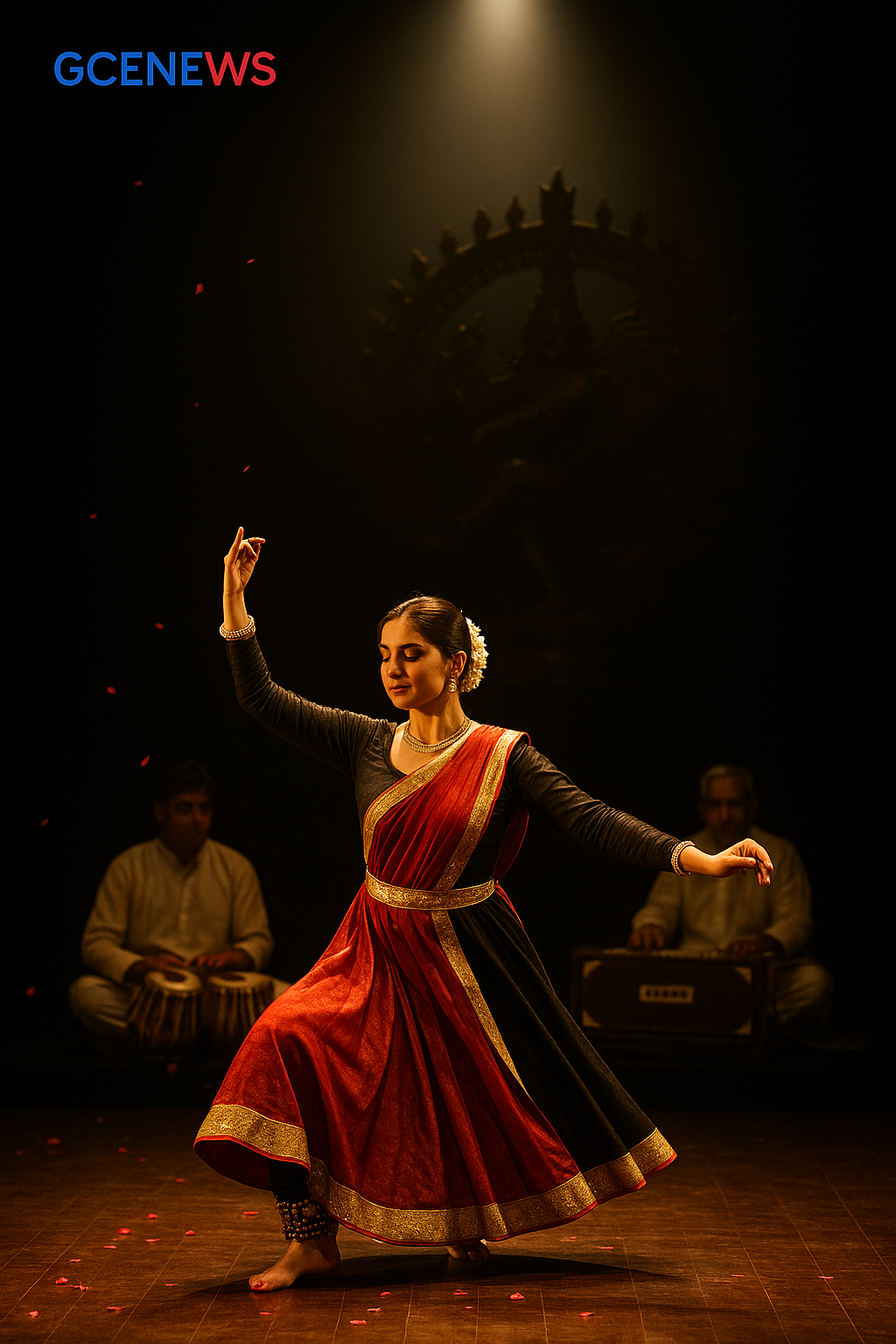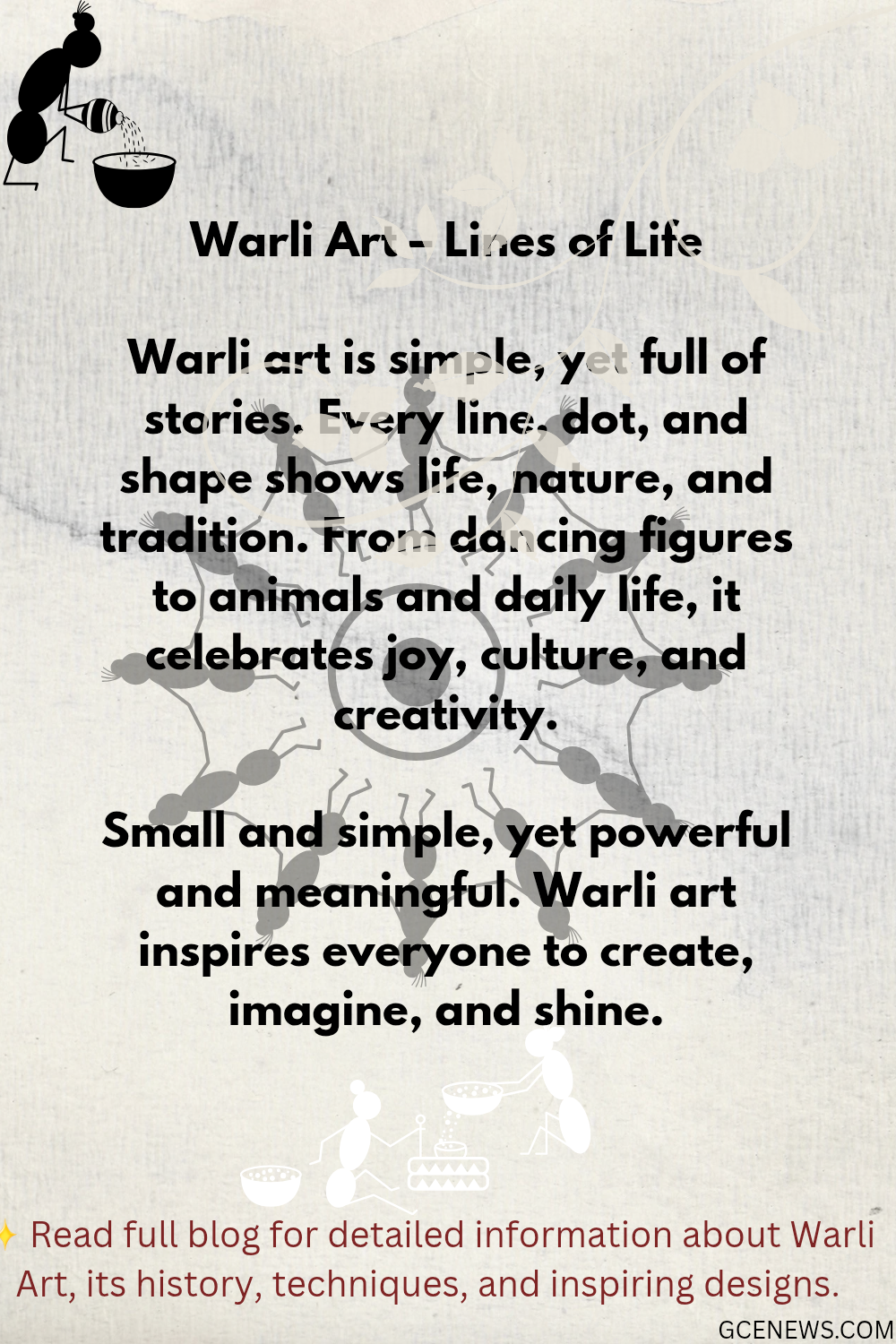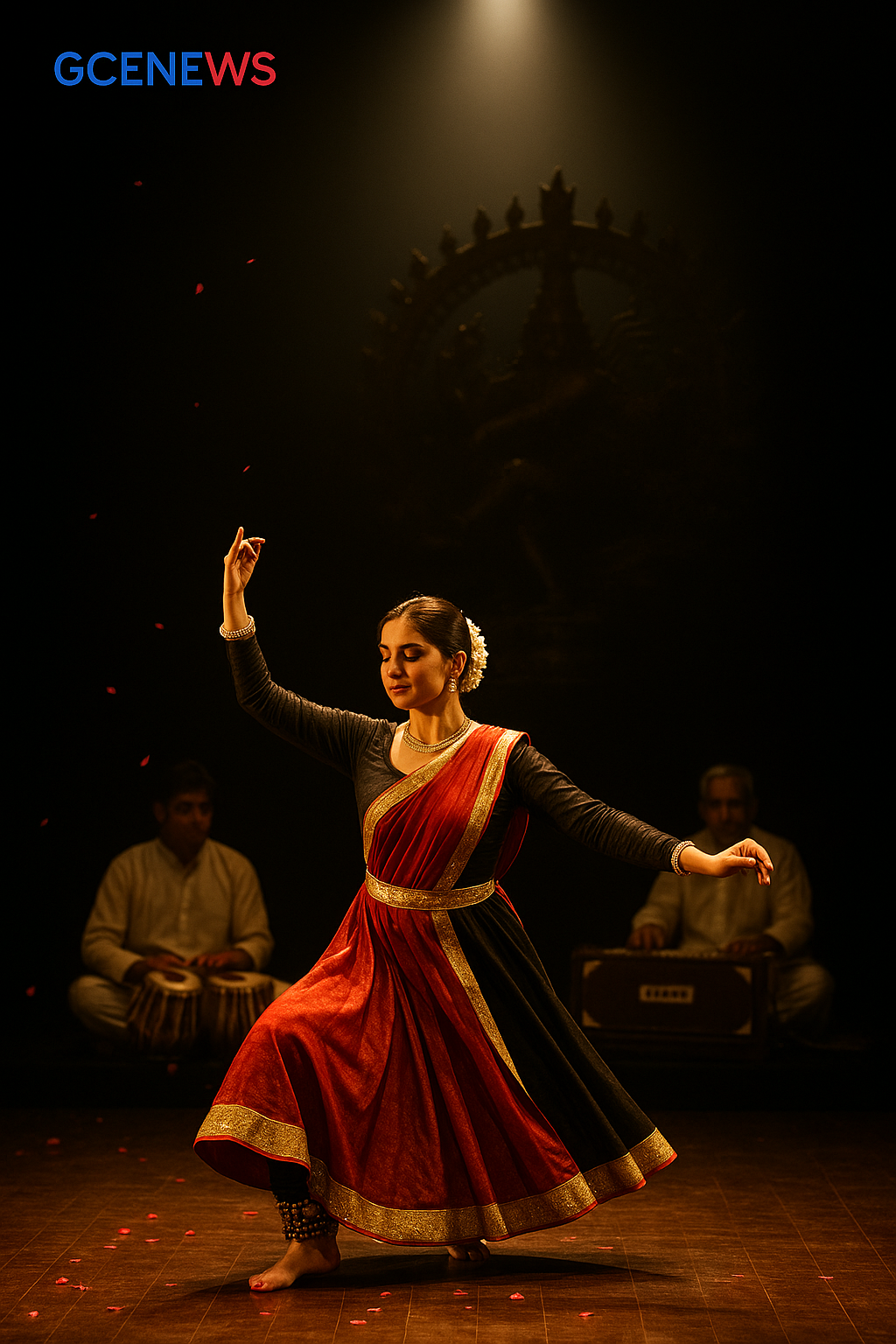Episode 9 of kathak series

Kathak Series - Episode 9: The Nine Emotions That Dance Within
Hey friends! I hope you're doing great. I'm your writer and well-wisher, and today we’ve reached Episode 9 of our beautiful Kathak series. If you’ve been following along, you already know how rich and graceful this art form is. If you’re new here, welcome! We’ve already covered a lot in our previous episodes — from costumes, makeup, expressions, history, famous Kathak gurus, and much more. But today’s episode is something special. It’s all about the "Navarasa" — the nine emotions that breathe life into every Kathak performance.
So let’s start this journey where feelings become footsteps, and rhythm speaks louder than words.
What are Navarasas?
In Indian classical dance, emotions are not just feelings. They are a language. The nine core emotions or "Navarasa" in Sanskrit are the foundation of abhinaya (expression). Every Kathak dancer uses these emotions to tell a story, to connect with the audience, and to bring drama to the stage.
Let’s look at each rasa, with real-life examples and how dancers express them through Kathak.
1. Shringara (Love/Beauty)
This rasa shows romance, attraction, and beauty. In Kathak, a dancer might express Shringara by showing Radha waiting for Krishna. Gentle eye movements, slow spins, soft mudras (hand gestures), and graceful body language all show the emotion of love.
Real-life example: Think of a bride getting ready for her wedding — the nervous smile, the shy eyes. That’s Shringara.
2. Hasya (Laughter/Joy)
This emotion brings happiness and joy. Dancers use quick expressions, bright eyes, and cheerful steps. It makes the performance lively and fun.
Real-life example: Imagine playing with a child who’s laughing nonstop — full of innocent joy.
3. Karuna (Compassion/Sadness)
When a dancer shows Karuna, the face becomes soft and emotional. The story could be about separation or loss. Hand gestures and body posture become slow, deep, and emotional.
Real-life example: A mother missing her child, or someone remembering a lost loved one.
4. Raudra (Anger)
This is a powerful emotion. The dancer uses strong, sharp movements, wide eyes, and fast footwork. Raudra is dramatic and intense.
Real-life example: Like a warrior standing up for justice or someone reacting to betrayal.
5. Veera (Courage/Heroism)
Veera is all about bravery. Kathak dancers stand tall, perform bold movements, and show pride and fearlessness. The expression becomes royal.
Real-life example: A freedom fighter standing strong in front of danger — fearless and proud.
6. Bhayanaka (Fear)
This emotion shows fear or anxiety. Eyes wide open, shivering hand gestures, or quick glances behind — all show Bhayanaka.
Real-life example: Walking alone in a dark forest — every sound making you turn back.
7. Bibhatsa (Disgust)
It’s not common in dance but still important. The dancer shows reactions to something dirty, evil, or morally wrong.
Real-life example: Feeling disgusted seeing someone cheat an old person.
8. Adbhuta (Wonder/Amazement)
Adbhuta is about surprise and awe. Dancers open their eyes wide, raise eyebrows, and sometimes freeze in a moment to show wonder.
Real-life example: Watching fireworks for the first time or seeing snowfall.
9. Shanta (Peace/Calm)
This is the most spiritual rasa. Simple, graceful, slow movements show peace and inner calm. It is usually used in devotional pieces.
Real-life example: Sitting in a temple or near a river in silence, just feeling peace.
Why Navarasas Matter in Kathak
Without emotions, Kathak becomes just a physical movement. These nine rasas turn every spin, every hand gesture, every glance — into a story. A dancer becomes an actor, a storyteller, a character.
Even in group performances, each dancer must feel and show the right emotion. That’s what makes Kathak magical — the audience doesn’t just see, they feel.
Bonus Story: A Live Stage Moment
Let me share a real story from a Kathak group performance in Pune. During a show based on Ramayana, the dancer playing Sita had to show Karuna when she was in the Ashok Vatika. Suddenly, the music stopped due to a technical issue. But the dancer continued with just her expression — soft eyes, slow tears, graceful hand movements. The audience was silent. No music, no lights — only emotion.
People later said they forgot it was a stage act. That’s the power of rasa in Kathak.
Recap of Previous Episodes:
In case you missed any, here’s a quick summary of our past episodes:
- Episode 1: What is Kathak?
- Episode 2: History and Evolution of Kathak
- Episode 3: Gharanas of Kathak
- Episode 4: Costumes, Makeup, and Stage Presentation
- Episode 5: Famous Icons of Kathak
- Episode 6: Music and Instruments in Kathak
- Episode 7: Practice and Discipline in Kathak
- Episode 8: Kathak on Modern Stages
Final Thoughts
Kathak is not just about dancing — it’s about living each emotion. The rasas connect the dancer and the audience in a beautiful, unspoken bond. Whether you’re learning Kathak or simply enjoying it as a viewer, remember — every twirl has a feeling, and every beat tells a story.
In our next episode, we’ll explore how Kathak is used in films and digital platforms.
Till then, keep dancing — not just with your feet, but with your heart.
Stay tuned for Episode 10 of our Kathak Series — coming soon!




